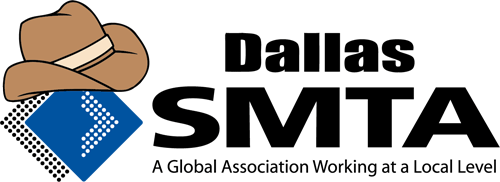

Continuous pressure from the market to reduce costs forces companies to constantly look for new ways to improve efficiency. After many years focusing on the production line itself, it is becoming difficult to find ways to save costs. Now the industry is shifting the focus to related processes. Component handling is one of these areas.
Component handling not only affects overall factory efficiency, it can also affect quality and of course profitability. Starting production only to find that you don’t have enough components to complete the job is incredibly expensive and inefficient. Accurate inventory count is the solution. Running production with the incorrect components on the pick and place causes unnecessary rework. Verification of the correct components before starting prevents rework labor. Stopping a production line while additional components are located eliminates the benefits of a “high speed line”. Software to track location at all times is the solution. Allowing components to exceed their exposure time increases handling, requires additional machinery, and potentially causes delays while components are baked. Dry storage and software to track exposure reduces these expenses.
It all starts with assigning a unique ID (UID) to every component that enters the factory. This UID becomes the tracking method for numerous operations. With a UID, accurate records can be kept of remaining count, humidity exposure, traceability to PCBs, and physical location. In the intelligent factory, these aspects and more can be tracked at all times. Machines automating previously manual tasks related to the components share the data seamlessly to reduce operator expenses, eliminate waste, reduce line downtime, and improve production planning.
This paper will use a case study to explain the process and flow from the time components are received to the time they are placed on a PCB and all steps in between. The case study will also show the efficiency improvements and cost savings possible when utilizing commercially available software to coordinate all movements and handling of electronic components. Finally, it will explain various methods to share data between software made by a variety of suppliers to provide seamless tracking of the components.
About the Presenter:
Gerry Padnos is the Director of Technology and Business Development for Juki Automation Systems, Inc. and has been in the SMT industry since 1991. Gerry graduated from the University of Michigan with a degree in Aerospace Engineering in 1989 and joined Juki, then Zevatech, in 1991 as a product support specialist. He was the Director of Customer Service for 4 years and has held his current position for 20 years. He has extensive experience in product management, working with customers, and leading/member of R&D teams to bring new designs and product improvements to life. For more than 10 years, Gerry has been the main technical liaison with various Juki suppliers around the world for software and OEM products. Gerry has written several technical articles for various magazines in the SMT industry and has presented at past APEX conferences. In 2002, he won the Golden Flame award for technical writing and holds a patent for intelligent feeder design.